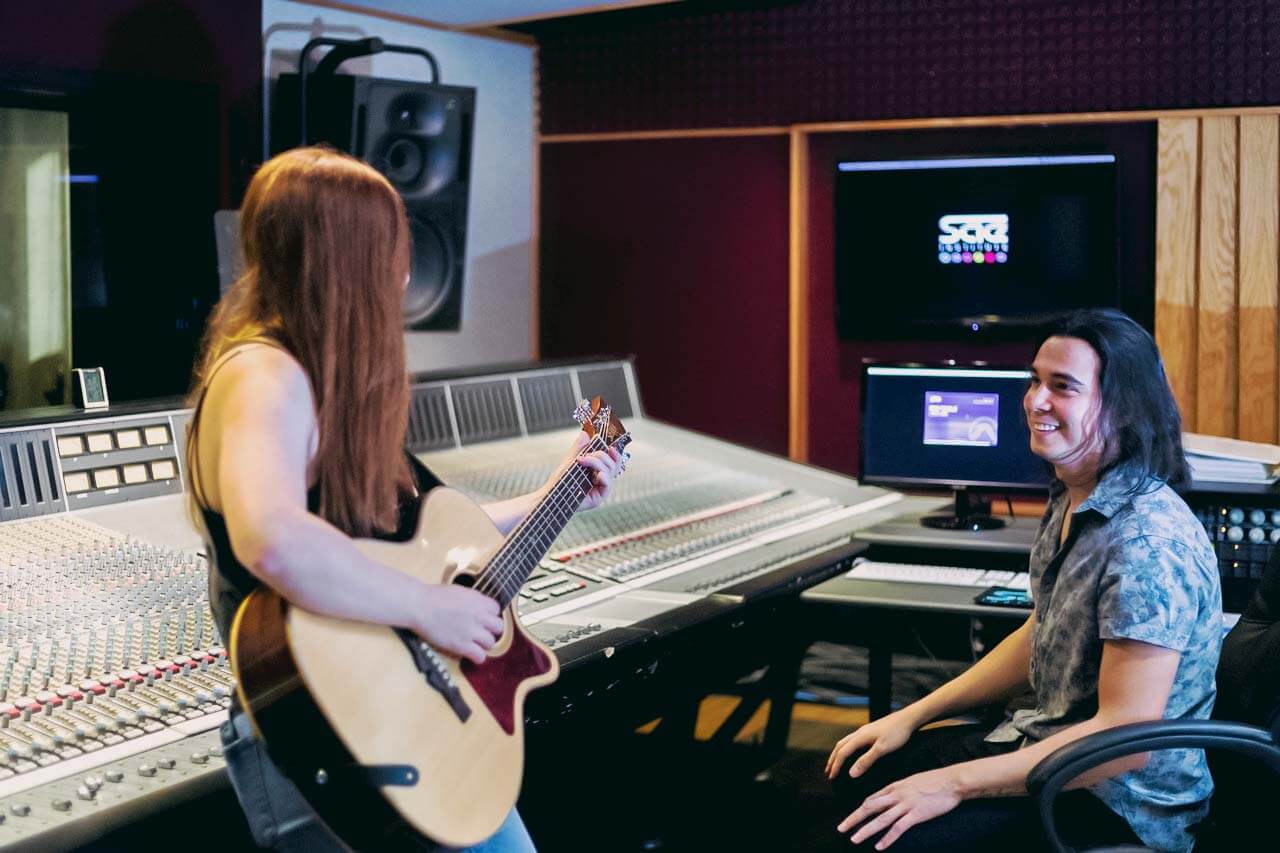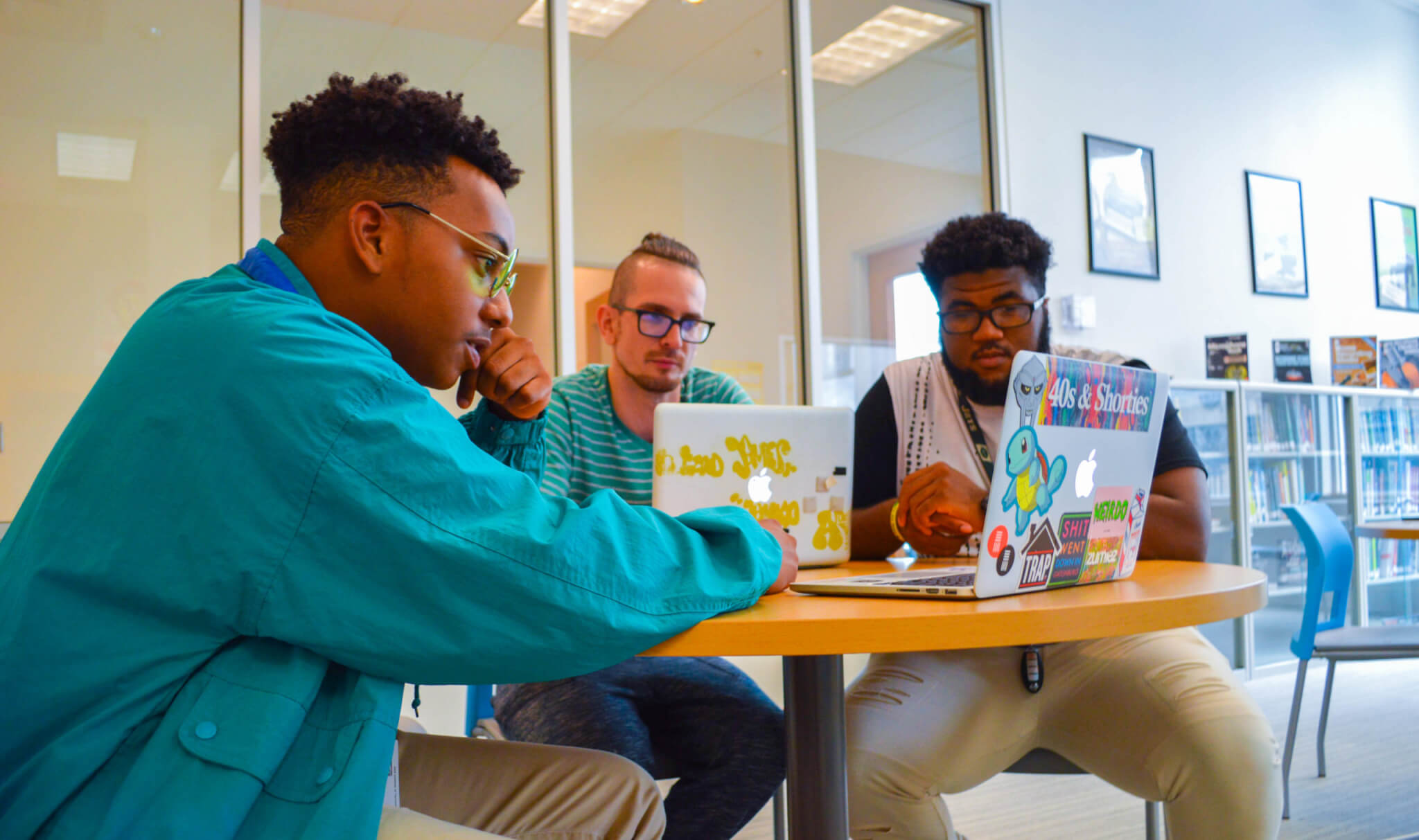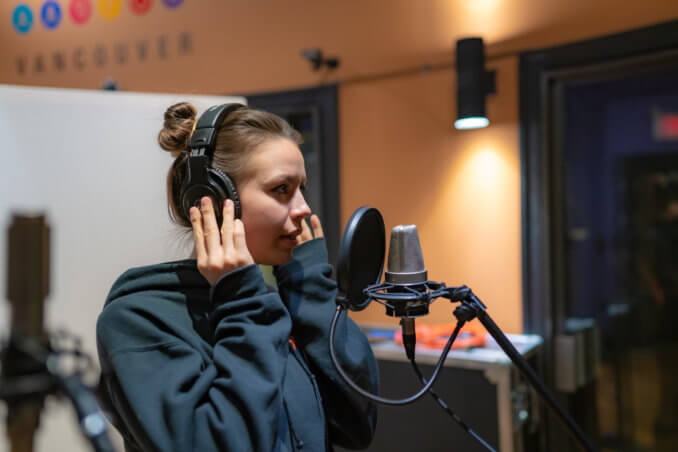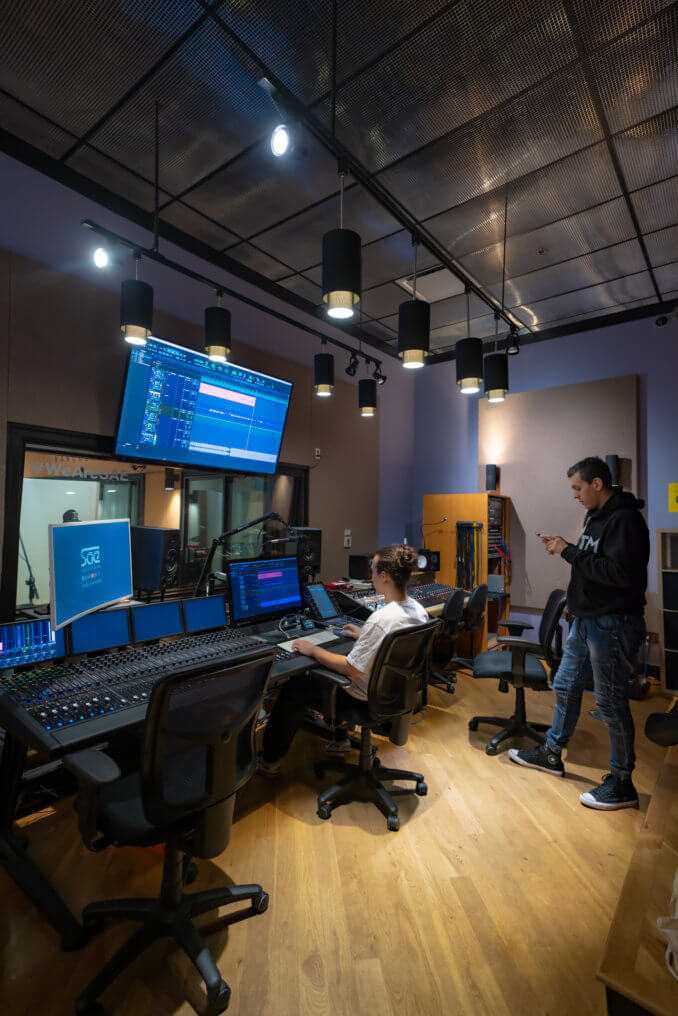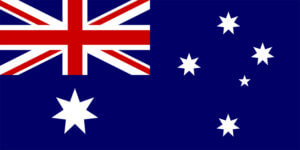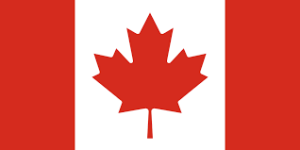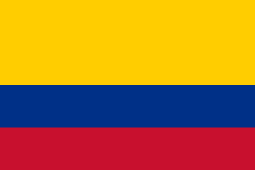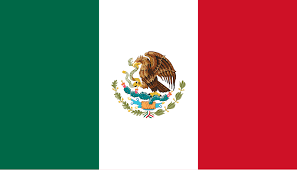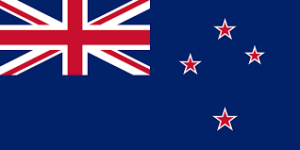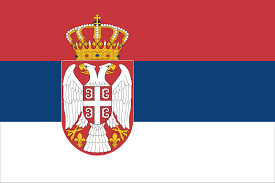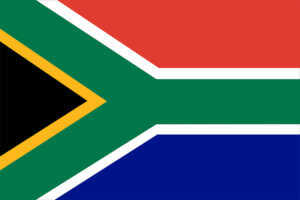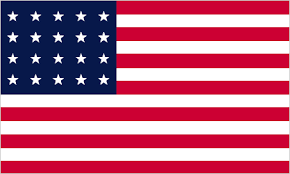Student Loans and Grants

The Government of Canada offers Canada Student Loans to post-secondary students who demonstrate financial need in most provinces and territories across Canada who are Canadian citizens or landed immigrants through the Canadian federal and provincial government student loan programs.
To apply for a student loan, you must send your loan application through your province of residence. The Canada Student Loans Program (CSLP) works in partnership with most provinces and territories to deliver student financial assistance, meaning that approximately 60% of your loan (dispersed twice a year) will come from the Government of Canada, with the remaining provided to you in the form of provincial student loans.
You may also be eligible for various grants-when you apply for a student loan, you will automatically be assessed for any Canada Student Grants you may be eligible for.
Important Definitions
A provincial grant program, which provides direct educational funding for students enrolled in Adult Basic Education (ABE), and Vocational Education and Skills Training (VEST).
Students who have a BC student loan issued on or after Aug. 1, 2000, are responsible for the interest that accrues on their loan during the grace period. At the end of the grace period, they can pay the accumulated interest or have it added to their outstanding loan balance. Adding the accumulated interest to the principal is called capitalization.
An amount of money from the Ministry of Social Development given to students with dependent children age 11 or under to assist with child care costs.
A Canadian student loan that is in interest-free status.
A Canadian student loan for which the borrower (student) is liable to pay interest and principal on a regular monthly basis. Interest on outstanding CSL accrues starting the first day of the month following the study period end date. Monthly payments must begin on the first day of the seventh month after the borrower ceases to provide evidence of full-time attendance in an eligible course of study.
Students who have cohabited with a person in a marriage-like relationship for a period of at least one year (12 consecutive months) as of the first day of classes. These students are considered to be married for the purposes of StudentAid BC. The student and spouse will be assessed as per the StudentAid BC married assessment. If there is a child of the union and cohabitation has been less than one year (12 months), the student applies as a single parent.
Within six months of ceasing to be a full-time student, a borrower who has received loans under the student loan program must enter into a consolidation agreement with the lending institution that holds the loan documents. This agreement brings all the student loans of a student under one monthly payment which will be required to retire the debt.
Federal regulations under the Canada Student Financial Assistance Act require a credit check be conducted with credit reporting agencies on all first-time applicants to StudentAid BC who are over the age of 22 as of the first day of classes.
A student loan is considered to be in default when you are behind on your payments for nine or more months and collection activities are required. Defaulting on your loan can disqualify you from receiving future student financial assistance and applying for repayment assistance under the Repayment Assistance Plan and BC Debt Management measures. It also affects your credit rating.
Students identified as dependent on their student loan application are considered to be financially dependent on parent(s), stepparent(s), sponsor(s), or legal guardian(s) and do not qualify as independent students. Dependent students have never been married or do not have dependent children or have not been out of high school for 48 months or have not been in the labour force for two periods of 12 consecutive months.
For StudentAid BC purposes, eligible dependants are any dependants for whom the Canada Child Tax Benefit is claimed or for whom a benefit is claimed on the income tax return, usually children under age 19; can include children over 19 if they are disabled or attending full-time post-secondary studies.
This is a post-secondary program that has been authorized by the Province of British Columbia as eligible for funding through the Canada Student Loan/Grant and BC (Provincial) Student Loan/Grant Programs.
The earliest date the service provider is allowed to release StudentAid BC funding to the student or the school.
A student is considered to be full-time for StudentAid BC purposes when enrolled in at least 60 percent of a full course load (40 percent for students with permanent disabilities) in a designated program for at least 12 weeks at a designated post-secondary institution and leading to a certificate, diploma or degree.
The period between the end date of a student’s program of study or the date on which a student withdraws from full-time studies and the repayment date, normally six months after the study period end date.
The classification given to students who, under student loan program criteria, are financially dependent on parents, step-parents, sponsors or legal guardians.
The classification given to students who, under program criteria, are financially independent of parents, step-parents, sponsors, or legal guardians. Independence is determined by such factors as marriage, a number of years in the full-time labour force, and a number of years out of secondary school.
Interest-free status provides students who are enrolled in full-time studies at a designated post-secondary school a grace period during which they are not required to make student loans or interest payments. The federal and/or provincial governments assume responsibility for providing interest payments for the duration of the grace period.
A master Canada-British Columbia integrated student loans agreement that includes all student borrower information and contains all contract terms and conditions for loan disbursement and repayment. The MSFAA is a legal document, and a consolidation agreement will no longer be required, as with the Master BC Student Loan Agreement. This MSFAA is printed for every student borrower for the lifetime of their Canada-British Columbia Integrated Student Loans.
The moderate standard of living is a measure of the cost of living including shelter, food, miscellaneous expenses, and local transportation. For the parents, step-parents, legal guardians, or sponsors of dependent students, the MSOL takes into consideration various family sizes. Also known as “student living allowance,” the MSOL includes the maximum allowances set by the federal government for living costs during the study period.
A permanent disability refers to a functional limitation caused by a physical or mental impairment that restricts the ability of a person to perform the daily activities necessary to participate in studies at a post-secondary level or in the labour force and is expected to remain for the person’s expected natural life.
An individual who is not a Canadian citizen but who has permission to reside in Canada on a permanent basis. Permanent resident status can be demonstrated by presenting a valid IMM 1000 form or valid immigration card which does not specify limited conditions of entry, and a social insurance number that starts with 1, 2, 3, 4, 5, 6, or 7.
Studies at a post-secondary school in which a student enrolls after secondary school (Grade 12). The post-secondary study does not include Adult Basic Education programs, college preparatory programs, or English as a Second Language.
The lowest interest rate charged by financial institutions as the cost of borrowing money. The rate is variable and adjusted by the bank from time to time.
The amount of money that a borrower still owes on a loan and must repay.
Under the Immigration and Refugee Protection Act, protected persons include convention refugees and “humanitarian-protected persons abroad” classes, and persons in need of protection, defined as a person whose removal to their country of nationality or former habitual residence would subject them to the possibility of torture, risk of life or risk of cruel and unusual treatment or punishment. Protected persons must have social insurance numbers (SIN) beginning with “9” with an expiry date after their study period end date. Protected persons applying for StudentAid BC funding, may forward a copy of their notice of decision issued by the Immigration and Refugee Board of Canada for documentation of their status.
A request to make changes to the information on a student’s application. Such changes could include income, a program of study, costs, marital status prior to the first day of classes, etc.
Funds and interest placed in RESPs are not taxable until the beneficiary uses the funds to attend studies full time at a college, university, or any other eligible post-secondary educational institution. RESPs are registered with the Canada Revenue Agency.
Registered Retirement Savings Plans are investment accounts registered with the Canada Revenue Agency. RRSP funds are not taxed until the investor removes them from the RRSP account.
Students who have never married, or who are separated or divorced, or who are widowed, and who have legal and/or physical custody and responsibility for supporting their own child(ren) at least two days per week during the entire study period.
Concurrently registered at more than one school (i.e., taking some courses at the home school and others at another school during the same study period.
Usually studies for students who have left the high school (secondary) system without graduating. This can include but is not limited to, adult basic education, English as a Second Language, and Vocational Education and Skills Training.
The action of a student who drops below full-time studies and formally withdraws from courses. This includes incomplete semesters/terms. If the student stops attending classes, it is also considered a withdrawal. If the student falls below 60 percent (40 percent for students with permanent disabilities) of a full-time course load, the school is expected to report the student as Withdrawn.



